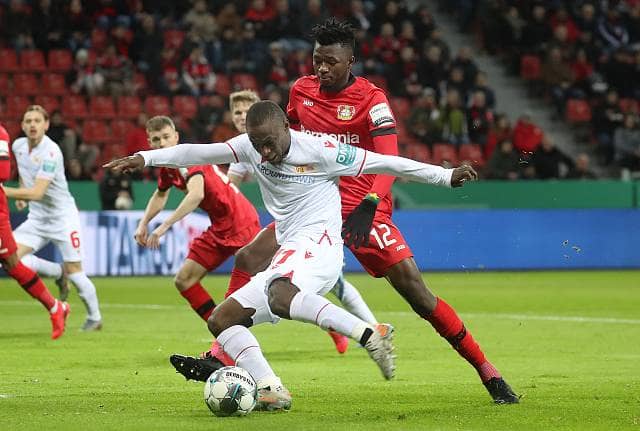Soccer is a sport that has seen a lot of innovation and evolution over the years. From the early days of the game, when it was played in rudimentary form with a simple ball, to the modern era, where technology plays a role in all aspects of the sport, soccer has come a long way. This is clear when watching games, making Champions League predictions or exploring other leagues.
Here is our list of the seven most incredible technologies currently used in soccer.
Goal-line technology
Goal-line technology is a system used to determine whether a ball has crossed the line. This technology is in different sports but is vital in soccer, where a goal can be the difference between winning and losing.
Goal-line technology uses different methods to determine whether a ball has crossed the line.
These methods include goal-line cameras, which track the ball’s movement, and hawk-eye, which uses many cameras to create a 3D image of the ball’s position.
Video assistant referees
Video assistant referees (VARs) are officials who review video footage of controversial incidents during a match and advise the referee on whether or not to overturn their initial decision. VARs were first used at the 2018 Russia World Cup and have been used in several major tournaments since then.
The primary purpose of VARs is to correct obvious errors and prevent refereeing decisions that get seen as “game-changing” from affecting the outcome of a match. VARs can review specific incidents, such as goals, penalty decisions, red cards, and mistaken identity.
VARs are not without their critics, however. Some argue that VARs are slowing down the game, as it can take several minutes for a decision to get made. Others say VARs are taking the human element out of the game, as referees rely on technology to make decisions impacting most Champions League predictions today.
Wearable technology
A user wears this technology rather than getting held or used another way. In soccer, wearable technology is often used to track a player’s performance data, such as their heart rate, distance covered, and the number of sprints.
Coaches can use this data to improve players’ training regimens and help them recover from injuries. In addition, this data analyses a player’s performance during a match, which can help identify areas for improvement.
GPS tracking
GPS tracking technology uses satellite data to track a user’s location. In soccer, GPS tracking is often used to track players’ movements during a match. This data can analyse a player’s performance and identify areas of the field where they are most effective.
GPS tracking is not without its drawbacks, however. One issue is that GPS data can get affected by factors such as weather conditions and the number of satellites in the area. Additionally, GPS tracking devices can be expensive, and not all teams can afford to equip their players with them.
Ball tracking
Ball tracking is a type of technology that uses cameras and sensors to track the movement of a soccer ball. This ball tracking data helps analyse many aspects of the game, including the speed of the ball, the number of passes, and the number of shots on goal.
Ball tracking data is often used by coaches to improve a team’s strategy, as well as to analyse an opponent’s weaknesses. In addition, broadcasters can use this data to enhance their coverage of a match, as it can provide insights that would otherwise be unavailable.
Virtual reality
Virtual technology is a technology that allows users to experience a simulated environment. In soccer, VR is often used to create training simulations that can help to improve a player’s skills.
For example, a player might use VR to practice their shooting or to experience what it’s like to play against a specific opponent. VR can also create simulations of different stadiums, which can be helpful for players who are visiting a new venue.
Augmented reality
Augmented reality superimposes computer-generated images on a user’s real-world view. In soccer, AR is often used to create lineups and formations that help players understand their positions and roles on the field.
AR can also create simulations of different game scenarios, which can be helpful for coaches and players alike. For example, a coach might use AR to make a match simulation, which can study an opponent’s tactics.
Verdict
Soccer is a sport that is constantly evolving, and new technologies are being introduced all the time. It will be thrilling to see what new technologies will be used in the sport and how they will impact the game or Champions League picks.
Please play responsibly. For more information and advice visit https://www.begambleaware.org






Leave a Comment